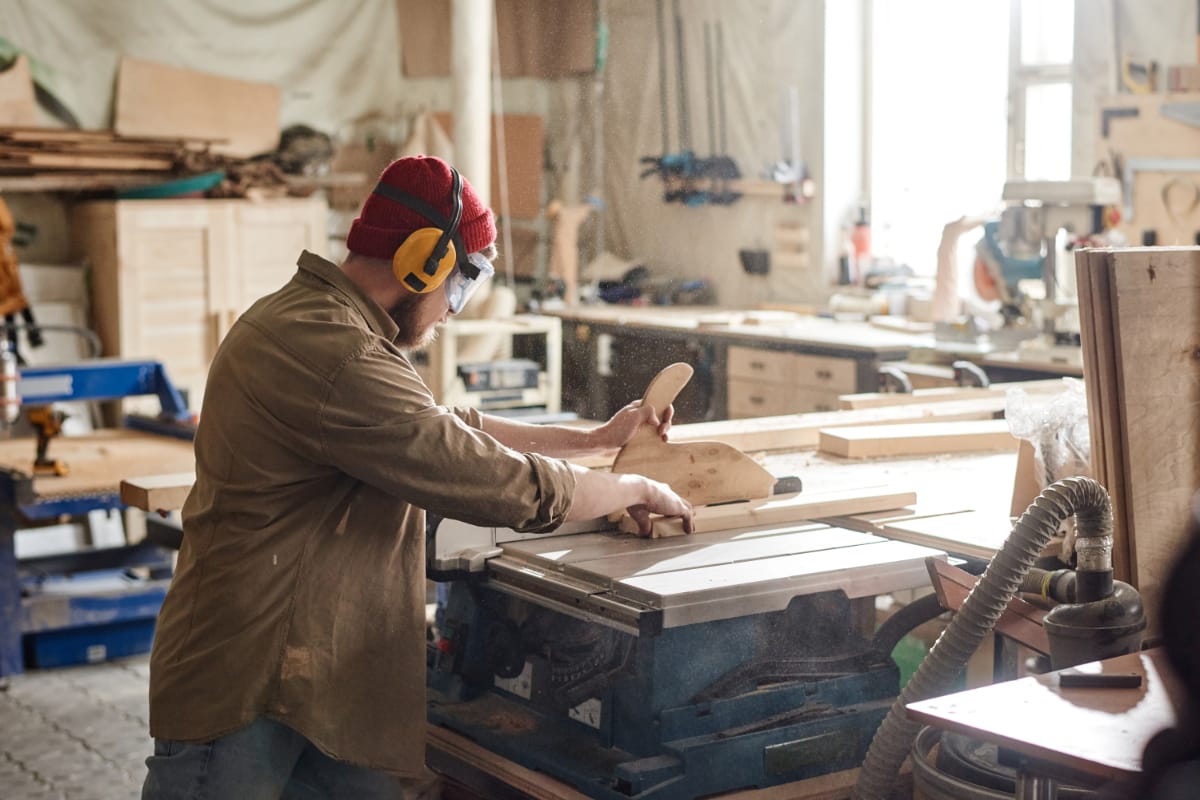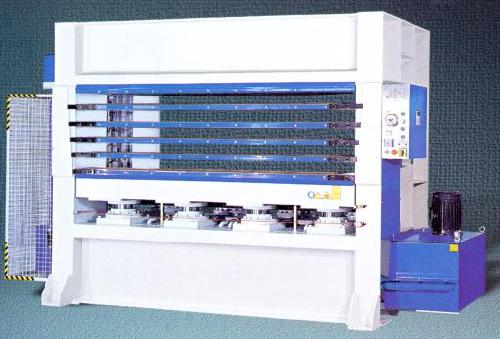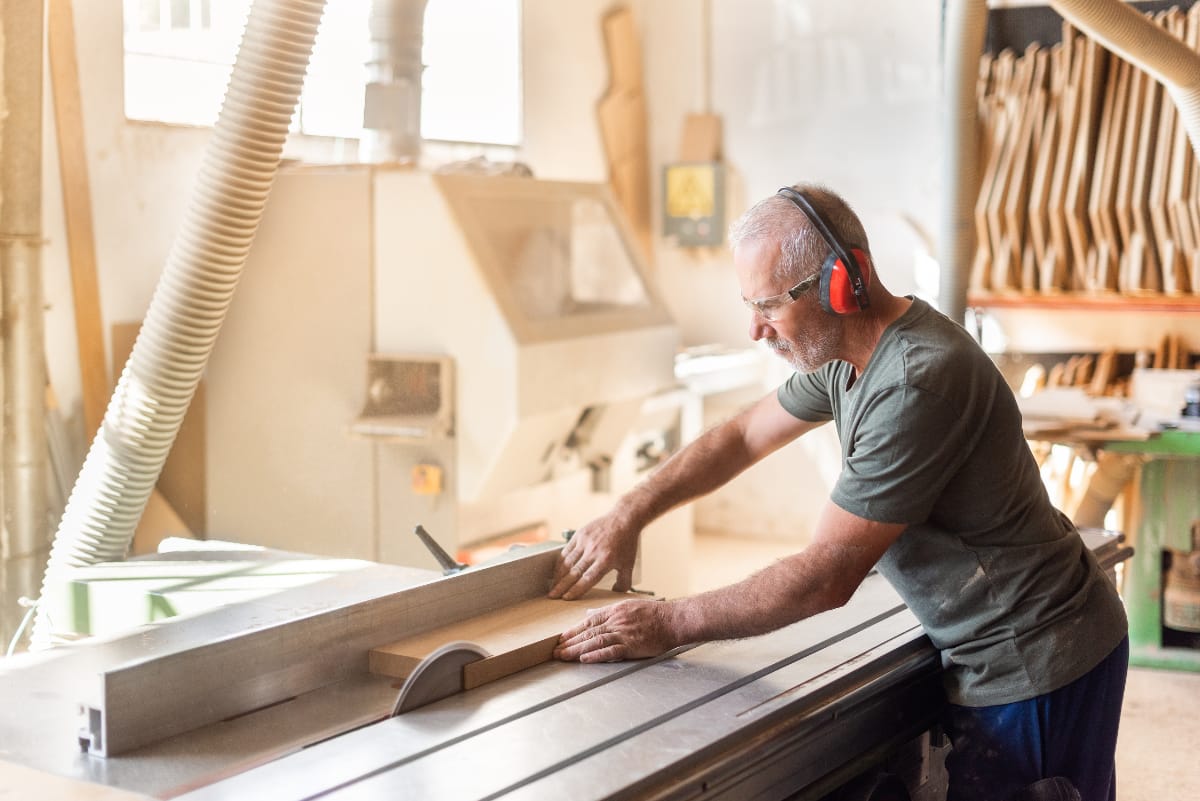Working with wood can be a sustainable and fulfilling job. Wood is a renewable resource, and when it is harvested responsibly, it can be a sustainable way to build and create. Woodworking can also be a rewarding career, as it allows you to use your creativity and skills to create beautiful and functional objects.
There are many ways to make woodworking more sustainable. One way is to use recycled wood. Another way is to use wood from sustainable managed forests. You can also reduce your environmental impact by using water-based finishes and avoiding the use of harmful chemicals.
If you are interested in a career in woodworking, there are many ways to get started. You can take classes at your local college, university, or you can find an apprenticeship with a skilled woodworker. You can also learn by doing, by experimenting with different techniques and materials, there are plenty of Youtube tutorials available for free.
Whether you are interested in a career in woodworking or simply enjoy working with wood, there are many ways to make it a sustainable and fulfilling hobby or career.
Why is wood sustainable:
- Wood is a renewable resource that can be replenished through sustainable forestry.
- Trees absorb carbon dioxide from the atmosphere, which helps to mitigate climate change.
- Timber is a low-carbon building material that can help to reduce the environmental impact of construction.
- The time it takes for a tree to grow varies depending on the species, but it can take anywhere from 40 to 150 years for a tree to be ready for harvest.
Here are some tips for making money from woodworking:
Some people are naturally gifted in woodworking. They have the ability to see the potential in a piece of wood and transform it into something beautiful. Others start woodworking as a hobby and decide to make money from it. They can create a variety of items, from home accessories to sculptures to furniture. Some even go on to create structural timber frames or supports for the construction industry.
- Start by creating high-quality products. People are more likely to buy something that is well-made and looks good.
- Advertise your products. You can do this online or by word-of-mouth.
- Be willing to negotiate on prices. You may not be able to get the same price for your products as you would if you were selling them in a store.
- Be prepared to ship your products. If you are selling your products online, you will need to be able to ship them to customers.
- Be patient. It takes time to build a successful woodworking business.
HSP Garden Buildings is a good example of a few friends getting together to form a highly successful business using wood.
If you want full control on the sustainability of the wood you use, and have the right work-life balance, starting your own business is a great option. However, the hardest part is finding customers.
Here are some tips on how to find customers for your woodworking business:
- Attend local craft fairs and markets. This is a great way to get your products in front of potential customers.
- Set up an online shop. This will allow you to reach a wider audience of customers.
- Promote your business on social media. This is a great way to connect with potential customers and build a following.
- Offer discounts and promotions. This is a great way to attract new customers and encourage them to buy from you.
- Provide excellent customer service. This will help you to build a loyal customer base.
Further reading: Starting a business
Here is why working with wood is a sustainable and fulfilling job:
Wood is beautiful, strong and renewable as well as being a natural resource that we can replace easily. It also has endless uses, and products made from wood can have a long life and are often reused or recycled again and again. When trees are harvested, more trees are planted to replace them, although it can take up to 150 years before a tree such as an oak is ready to be harvested.
Growing and using wood helps to tackle the climate crisis. As trees grow, they remove carbon dioxide from the air and convert it to wood (trees accumulate carbon within their woody biomass. As they grow, they 'trap' carbon dioxide to form wood, leaves and roots). For every one cubic metre of wood grown, roughly one tonne of carbon dioxide is taken out of the atmosphere by the tree.
Timber is also a low-carbon alternative to materials such as plastic, concrete and steel. These materials require lots of energy to be produced, emitting carbon dioxide when they are made. However, timber production and processing is highly energy efficient.
Timber is classed as either softwood or hardwood, depending on the type of tree the timber comes from. Timber from hardwoods tends to be more dense than softwoods, though there are exceptions.
Softwoods come from coniferous trees such as pine, fir, spruce and larch. These trees take around 40 years to grow before they are ready to harvest.
Hardwoods come from broadleaved trees such as oak, ash and beech. These trees take much longer to grow, up to 150 years before they are ready to harvest.
The great thing about trees is every part can be used to make different products at the sawmill. And the parts that are left behind rot down to create soil that will feed the next generation of trees.
The trunk of the tree is sawn into pieces to make beams, planks and boards. These get used in construction work, such as timber framed buildings, fencing, floorboards, furniture or made into pallets.
Branches, tops of trees and smaller trees can be used as wooden posts, or are chipped and pressed to make manufactured boards. These boards are used for flooring, rooting, partitions and flat-pack furniture. This wood can also be pulped to make paper and cardboard which then goes on to be made into anything from newspapers, books, packaging, stationery, wallpaper, kitchen towel or toilet paper.
Bark and other parts left over are used as wood fuel, chippings for playgrounds and mulch for gardens. Even the sawdust and wood shavings, by-products from the sawmill, are also put to use as animal bedding or pressed into wood pellets for fuel to make sure nothing is wasted.
So if you choose to join the woodworking industry, you can be confident that no part of a tree is wasted.
Harvesting wood
Harvesting wood is also good for the forests. It ensures they are well looked after and increases their value to society. Managed forests are there to ensure societies needs are meet as well as providing habitats for wildlife to thrive and spaces for people to enjoy. Managed forest also enable early signs of disease or damage to be taken care of immediately so infection doesn't pass on to surrounding areas.
Wood selection
Wood selection is an important part of any woodworking project. If a tree has two many twists and knots then it isn't going to make a great board, the best way to make flat boards from green wood is to split trees that grow nice and straight to begin with.
Trees that grow quickly result in wood with a strong grain. This can be a disadvantage for carving furniture, as the grain can compete with the carving for attention. Trees that grow slowly, on the other hand, produce wood with a more subtle grain. This can be a better choice for carving, as it will allow the carving to stand out.
Here is some additional information about wood grain and its effect on carving:
- The grain of wood is the direction in which the fibres of the tree run. It is determined by the angle at which the tree grows.
- The grain of wood can be straight, wavy, or curly.
- The grain of wood can be light or dark, depending on the species of tree.
- The grain of wood can be smooth or rough.
- The grain of wood can be used to create patterns, such as swirls and waves.
- The grain of wood can be used to create textures, such as smooth or rough.
- The grain of wood can be used to create highlights and shadows.
- The grain of wood can be used to create a variety of effects on carved furniture.
Here's the explanation:
Wood is made up of long, thin fibres that are arranged in layers. The rings of wood that you see in a cross-section of a tree are the layers of growth that the tree has added over time. The faster the tree grows, the thicker the rings will be.
The strength of wood is determined by the strength of its fibres. The fibres in fast-growing trees are shorter and weaker than the fibres in slow-growing trees. This is because fast-growing trees have to grow more quickly, so they don't have as much time to build up strong fibres.
When you bend a piece of wood, the fibres on the outside of the bend stretch, while the fibres on the inside of the bend compress. In slow-growing wood, the fibres are stronger, so they can withstand more stretching and compression. This means that slow-growing wood is less likely to break when you bend it.
Thicker growth rings are more likely to stay intact during bending because they have more fibres to withstand the stretching and compression.
Machines For Woodworking
It's always better to start a hobby with your hands and basic tools to experience the nature of the wood you'll be working with. By doing this, you will understand how it cuts, bends, and fits together.
Here are some benefits of starting a hobby with your hands and basic tools:
- You will learn how to use the tools properly and safely.
- You will learn how to measure and mark wood.
- You will learn how to cut and shape wood.
- You will learn how to glue and finish wood.
- You will learn how to make simple projects.
- You will develop your creativity and imagination.
- You will have fun and enjoy yourself.
Once you need to work faster, especially when you want to sell your work, there are woodworking machines that can make your life easier. These machines can help you to produce more work in a shorter amount of time, which can be helpful if you are trying to make a living from your hobby. However, it is important to remember that these machines are not a replacement for human skill and craftsmanship. A good woodworker will still be able to produce high-quality work even without the use of machines.
Woodworking machinery can seem expensive, but the return on investment is high. You can increase your workload and make back that money quickly.
Here are some ways to make money with woodworking machinery:
- Build and sell furniture.
- Build and sell custom cabinets.
- Build and sell toys.
- Build and sell birdhouses.
- Build and sell other wooden items.
You can also use woodworking machinery to make repairs or renovations to your home or office.
How Allwood Machinery can help you get started
When you decide to purchase woodworking machines for your workshop, Allwood can help you make the right machine choices. We have years of experience in the woodworking industry and we understand the needs of both professional and hobbyist woodworkers. We can help you choose the right machines for your specific needs and budget. We can also help you set up your workshop and provide training on how to use your new machines.
See a selection of woodworking machines:
Wood presses
Glue spreaders
Brushing machines
Guillotines
All designed to make the woodworkers life that bit easier.


